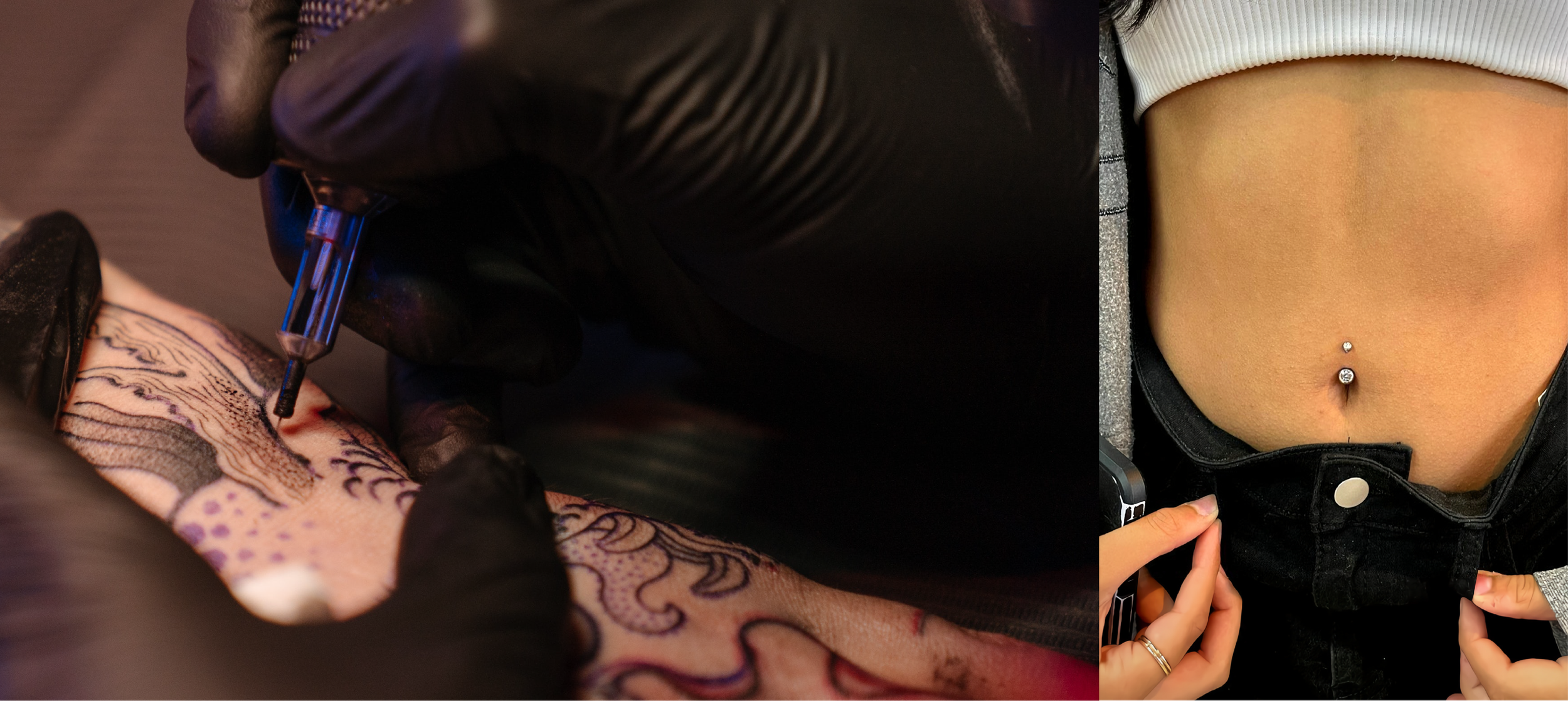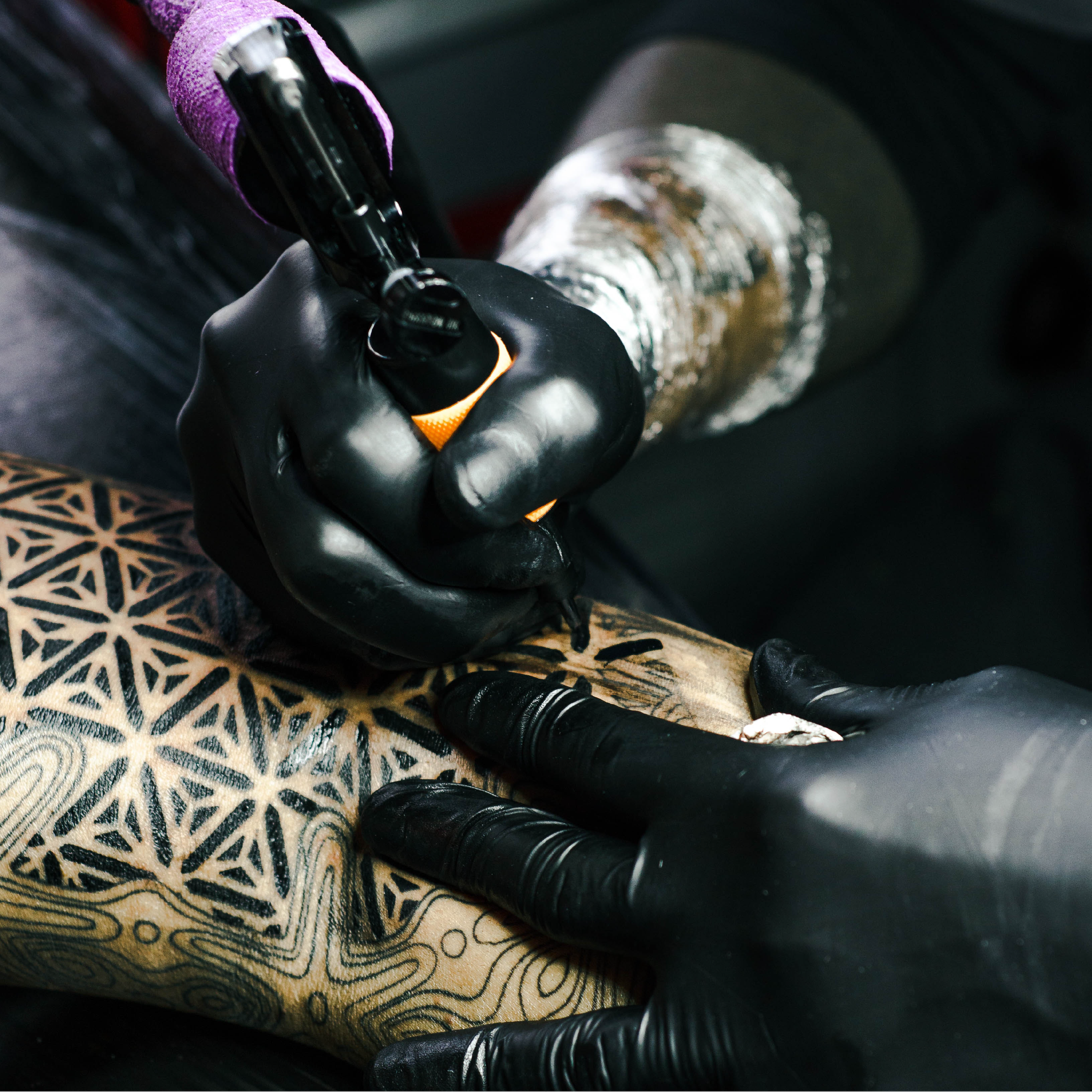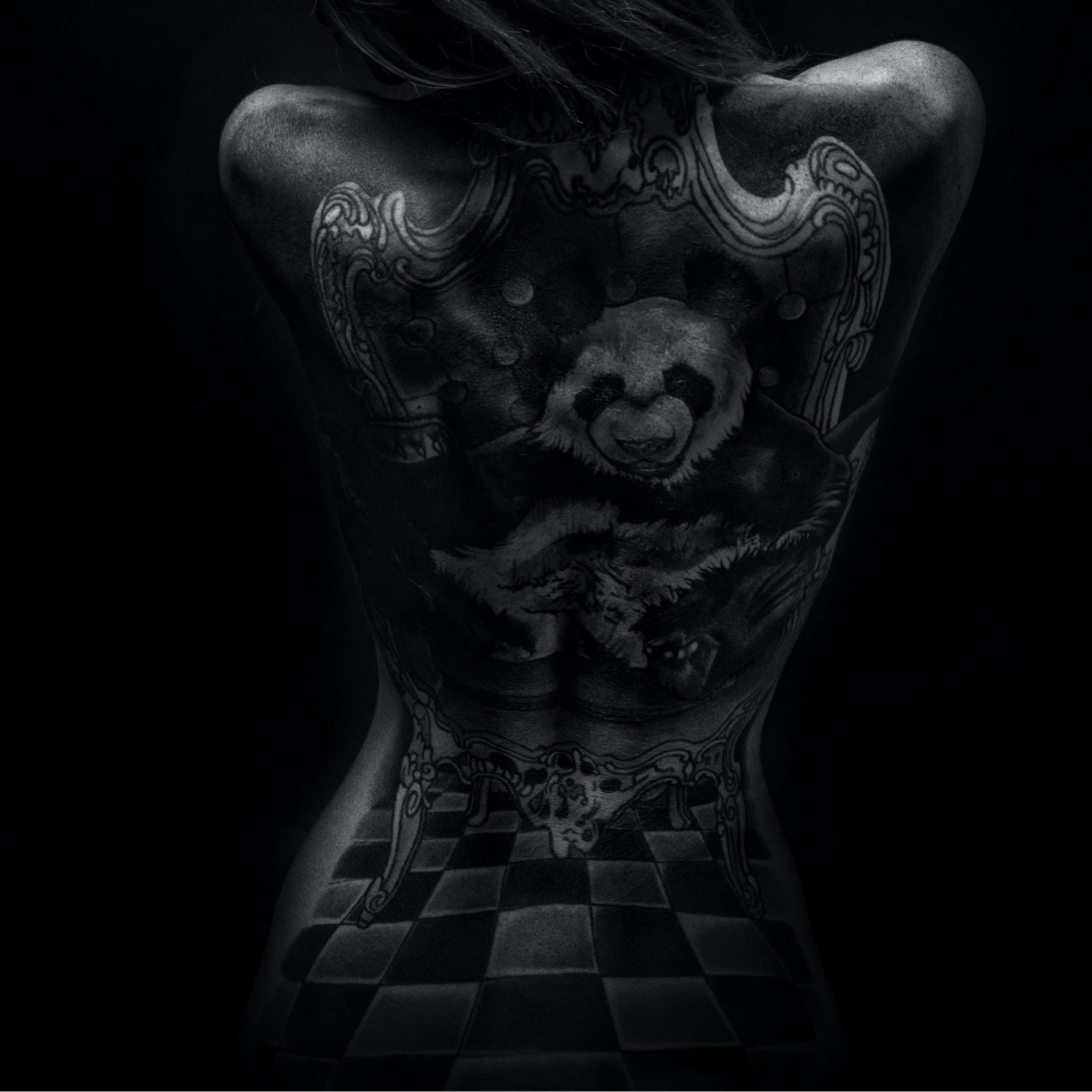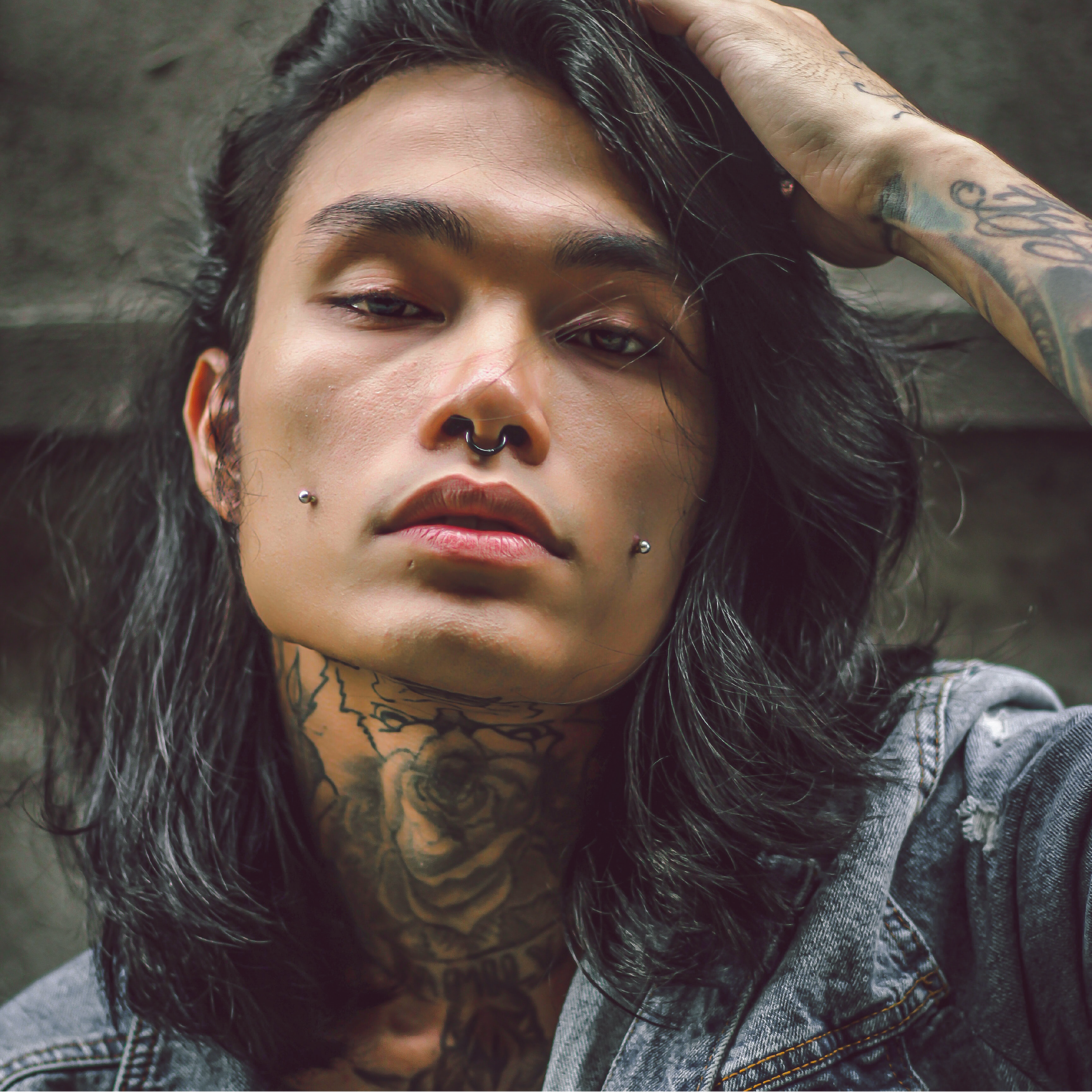What Hurts More Tattoo Or Piercing?
Body adornments like tattoos and piercings date back thousands of years. In order to insert a piece of jewelry, piercing professionals usually make a hole in the skin. Piercing can occur everywhere on the body, although it most frequently occurs in the earlobe.
Body piercings are done for a wide variety of reasons by individuals. Some people take pride in their appearance, while others utilize it as a means of self-expression, as a motif of cultural rebellion, or even some people consider it boosts sexual pleasure.
Tattoos, on the other hand, are made when a tattoo artist uses a needle to inject ink into the dermis layer of the skin. It may be used to produce practically any desired image and alters the skin's pigment. It is permanent, so you should consider it twice before doing it or if you're truly set on getting one, choose a design for your body that fits your personality.
Many people want to get tattoos and piercing for fashion and it is also part of different cultures. If you’re interested in getting a tattoo and piercing anytime soon, you may be wondering about the pain it involves and what’s the intensity in both cases.
At Ink Me Toronto, we encounter a lot of people who feel intimidated or anxious before getting their bodies tattooed or pierced. It’s true that they have an ouch factor but this little pain is worth it if you love getting your favorite tattoo inked or those lovely studs in your nostril.
Why do body tattoos and piercing are painful?
Experiencing little pain while getting a tattoo or piercing is common. It is because in both processes the artist needs to use some kind of inserting tools. In the case of tattoos, they use needles and machines to tap on the skin and inject ink inside. For piercing, nowadays, they use piercing guns or hollow needles to make a hole in the skin and then they use this hole to stick the jewelry in place.
Why does getting a tattoo hurt?
In the past, tattoos were created by hand using an instrument that was tapped on the skin to create a puncture wound before the ink was manually injected. Although there are still few locations throughout the world where the ancient method of tattooing is still used, the majority of tattoo parlors now have tattoo guns or machines to perform this.
Depending on the size and pattern of the tattoo you are getting, it may hurt and take several hours or even days to finish.
Our skin has thin and soft nerves that naturally trigger pain when a tattoo professional hits a needle. Some people may even experience burning spasms due to their more vulnerable skin. Each person experiences pain at a different level. In comparison to a novice or less skilled tattoo artist, a proficient tattoo artist will provide less pain.
Why does piercing hurt?
Body piercing instruments have been created specifically for the job and are meant to make the procedure safer than before. However, it may hurt you initially and during the healing period. In some conditions, you may feel more pain like when your piercing area becomes swollen or infected.
It’s better not to expose your skin to the external environment after having a piercing because it may aggravate your condition and as a result you may have to wait weeks to recover.
Just like with any invasive operation, it is still possible to experience severe scarring, infection, allergic response, and unanticipated irritation after obtaining a body piercing. You must take good care of the piercing to avoid infection. This would likely require you to wash off the area with warm water and soap twice a day.
These are the few things that one should know about body piercing.
● Piercers use a machine named an autoclave. This machine is used to heat and sterilize all of the non-disposable piercing tools before use.
● When the skin around the piercing is red and puffy, you will know that the piercing you had was infected.
● Piercing guns that are single-used are considered safe since after they are used on one customer, they will be thrown away. Hence, there is a lower risk of infection.
● If you suffer pus, drainage, redness, tenderness, discomfort, warmth, or severe itching, it may be a sign that something isn’t well. You should speak with your dermatologist.
The most painful body areas to get a tattoo and piercing
Each tattoo has a distinct level of pain depending on the portion of your body it is inked on, and since every person's body is unique, so are their pain thresholds. When you get yourself tattooed, thousands of needles continually pierce your skin, piercing the uppermost layer with a tiny, color-coated needle.
Here are the 5 most painful body areas to get a tattoo on:
1. Head: One of the most delicate areas for tattoos is the head or the area of the skull. Having a head tattoo can generally result in burning and itching sensations.
2. Behind the ear: This is essentially just skin and bones and lacks any fat. This makes it one of the top 5 painful places to get a tattoo, along with the fact that there are several nerves present.
3. Lips: Lip tattoos are among the most painful tattoos to get done since the surface of the lips is so thin and flexible. Additionally, you will probably bleed more from this tattoo than from other tattoos.
4. Rib cage and chest: This specific area is dependent on fat. It shouldn't be a big deal for folks who have a little extra fat in this area. You might want to give it further thought if you have no padding.
5. Groins and Genital Area: Since there are numerous nerve endings and lymph nodes under the skin in the groin area, tattooing there is painful. The area above our nether regions feels a little bit meatier than other parts of the body, but it still hurts.
When it comes to body piercing, there is now a wide range of locations available, therefore some will inevitably be more painful than others. This will rely on a variety of factors, including pain threshold, nerve ending density, and skin thickness.
These 5 body piercings areas are notorious for being the most painful:
1. Daith: A daith piercing is generally considered to be significantly more painful than earlobe piercings since the cartilage is pierced, which is a firmer location. This location is always greater resistant. If you get a daith piercing, make sure you don’t touch, twist or play with the piercing because it may slow its healing.
2. Septum: While nostril piercing is common and mostly pain-free, septum piercing is different. These piercings generally look stunning when paired with nice jewelry, however, it comes at a cost - an extra ounce of pain.
3. Lips: Tattoo and piercing is painful on lips. Although the location of the lip piercing (side, bottom, Monroe, etc.) will determine how much agony a person experiences, the initial sting of the needle as it enters the tissue is the most terrifying.
4. Nipples: Both men and women who have had their nipples pierced can agree on the discomfort involved. This is because there are numerous nerves in this region of the body. Any place that has more nerves is more susceptible to sensations of heat, cold, pain, and pleasure.
5. Genitals: It is well known that a person's genitalia is the anatomy's most delicate area. Both men and women who have had their genitalia pierced tremble a little at the thought of the discomfort involved.
Tattoo vs. Piercing - what hurts more?
If we look at tattoo vs piercing pain, it’s hard to determine what hurts more and what less. We have discussed the most painful areas to get pierced or inked. So it mostly depends on your choice and personal pain-bearing power. The most important thing to keep in mind when we are comparing tattoo vs piercing pain is the tattoo and piercing shop we’re going to choose. Many people do the mistake of going to a random roadside piercer or tattoo artist.
If you’ve made up your mind to get your favorite portrait tattoo or helix piercing in exchange for some pain, make sure you trust the best artist in the town.
For some people, getting a tattoo hurts a lot. Some people enjoy the buzzing vibration and can even drift off to sleep. Some people truly enjoy the little discomfort they experience while getting their earlobes pierced while others feel anxious even before their appointment. So it makes sense to weigh your own feeling and interest. If you like tattoos or piercings, you should go for it without worrying too much about pain because here comes - pain management and aftercare.
Aftercare and pain management tips for tattoos and piercing
While more colorful and artistic than a trip to the doctor, tattoos, and body piercings are however surgical procedures that break the skin and require recovery and aftercare. This means that during the initial few days or weeks after getting a tattoo or piercing, appropriate care and therapy are required. If you don't take care of your new tattoo, it could develop problems like damaged or dry skin, which would mess with its looks.
Avoid playing with fresh piercings that may contribute to physical discomfort, which is often the root of issues.
Until it heals, your tattoo is an open wound, so the best approach to avoid issues is to keep it clean.
Consume a healthy diet. Your tattoo or piercing will heal faster the better your lifestyle is.
While the piercing is healing, refrain from oral contact and coming into contact with other people's bodily fluids.
If you notice red streaks from the piercing site or experience fever, along with body aches, see your doctor/dermatologist.
INK ME TORONTO is one of the top tattoo and piercing shops near you. We deeply understand the pain our clients have to go through. However, through years of experience in the tattoo and piercing field, we know exactly how to help our clients get inked or pierced with minimum discomfort.
If you’re looking for the best tattoo and piercing shop, contact us today!







